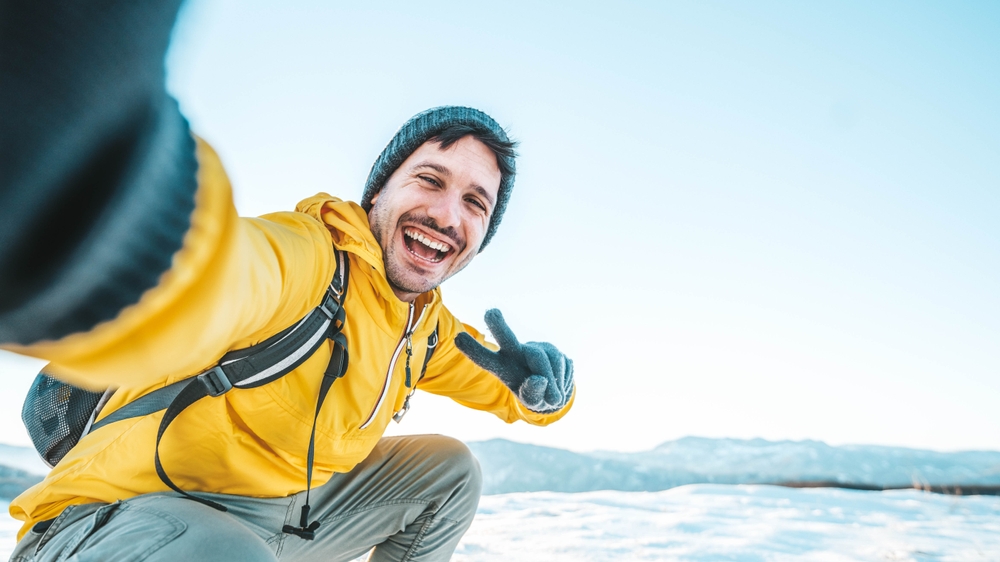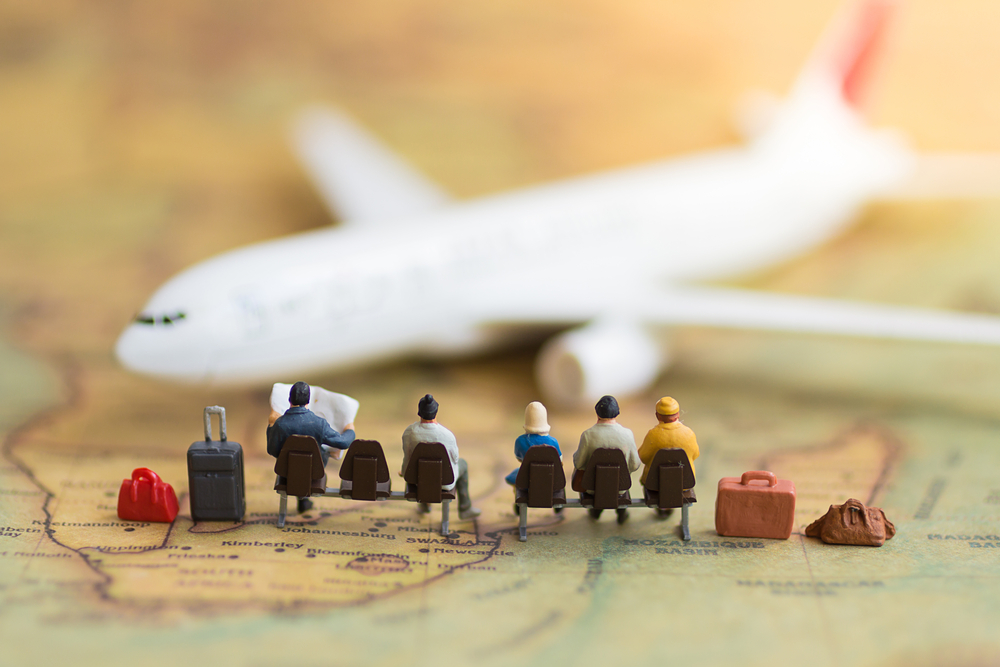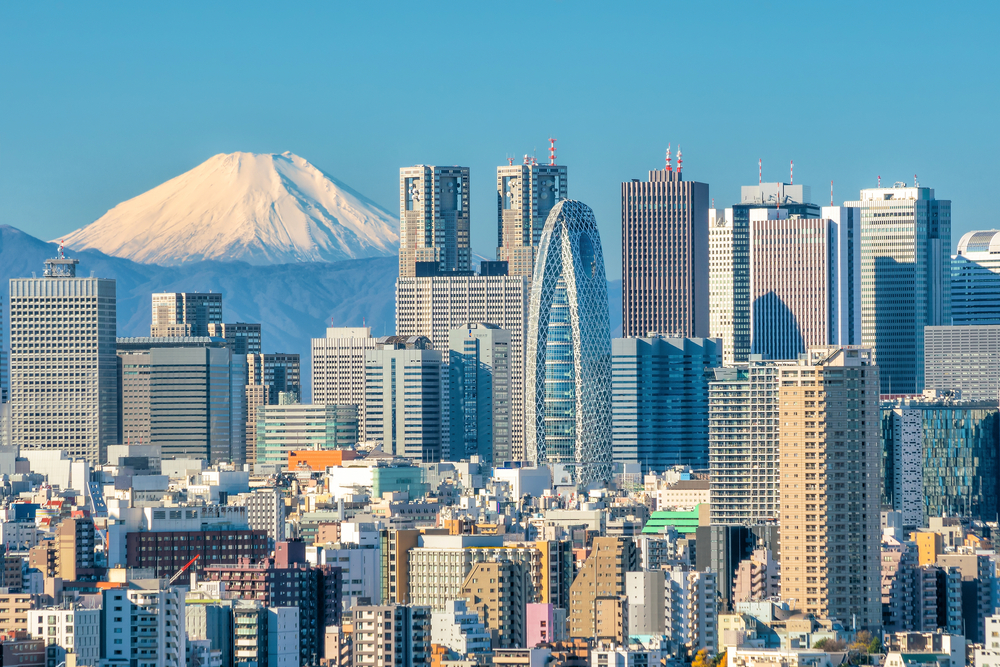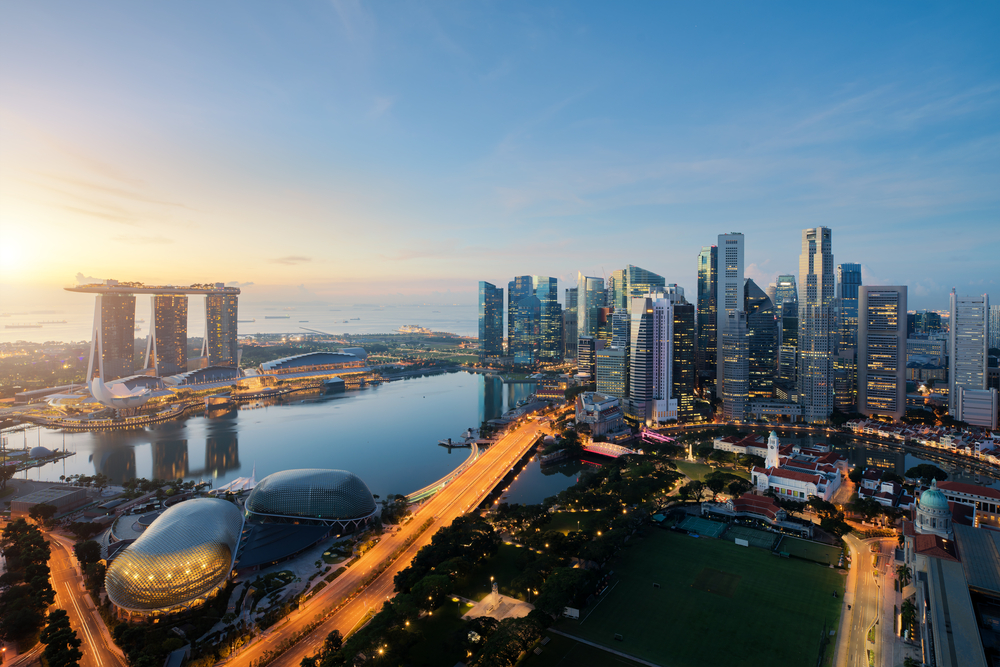If you are currently in search of some winter sun, it’s worth thinking about how you can save the most money while doing so.
Is it better to book a flight on this side of Christmas? Or perhaps wait until January? Is skiing totally out of reach?
Here are some money saving tips from experts…
Plan ahead
The mantra ‘If you fail to plan, you plan to fail’ can also be adopted for your winter travel plans.
Will Jones, travel expert at Student Universe, a youth and student travel agency, said: “Whilst spontaneous destination hopping is fun, it’s important to plan ahead and understand exactly what your budget is so that you’re able to avoid spending recklessly and have enough money to enjoy yourself once you’re in [the] destination.
“Make your money work harder by searching for deals on all aspects of your travels well in advance.”
It pays to go local
Staycations have become more popular over the last few years, especially after the coronavirus pandemic.
“If you’re using your [bank] card outside of the UK and given the choice of paying in pounds or in local currency, consider choosing local currency. By selecting this option, you’ll avoid any additional conversion fees the retailer or their bank may charge,” said Lloyd Robson, head of banking and propositions at First Direct.
Savvy flying options
Paying attention to a flight’s time of day, day of the week, season, events and holidays, and other factors are always a plus. Though these are also dependent on whether you’re flying internationally or domestically.
“Choosing a midweek flight or one with a connection provides the best value for money. Avoid weekends, premium seating options, and additional luggage to make your money go further,” said Jones.
But there’s always an argument that things are cheaper out of season.
Cat Jordan, travel expert at Travelzoo and speaker at Destinations: The Holiday & Travel Show, added: “For example, somewhere like the Canaries will be much cheaper to visit January to March, before the Easter break. In the winter there are always some bargains to be had in locations that are still warm (and gloriously crowd free). I was in Turkey last week where it was 25 degrees heat and glorious.
“Look at alternative airports both here and abroad – that will open up budget airlines options and help keep your costs. You don’t have to just fly from Heathrow [if you live south]. Southampton, for example, has a lot of budget airlines that you don’t realise go from there so explore options. And definitely consider all inclusive – cruises for winter 2024 are incredible value right now.
“Ski trips can be very expensive so consider alternative ski resorts – I’ve heard great things about Bulgaria which is much cheaper. So, research, speak to an expert about new and upcoming resorts outside of the main Alps locations.”
“Choose cards from providers like Chase and Monzo that offer you the best rates whilst travelling, helping you avoid unnecessary expenses and save your money for one more cheeky gyros.”
Book in January
“The post Christmas peak means that you will find some big brands pitting themselves against each other and trying to capture your attention to book. A great example is ‘kids go free’. Booking in January can help control and stagger your holiday payments and so your holiday is easier to pay off,” said Jordan.
But it really does depends on the individual. There are always bargains to be found around Christmas, but Jordan believes you have to shop a lot harder to find them.
“Instead, I would recommend travelling the second week of January as hotel prices tend to drop off on January 3. Traditionally the few days before Christmas the airports will be jam-packed with the sheer volume of people which makes Christmas travel a lot less enjoyable.”



